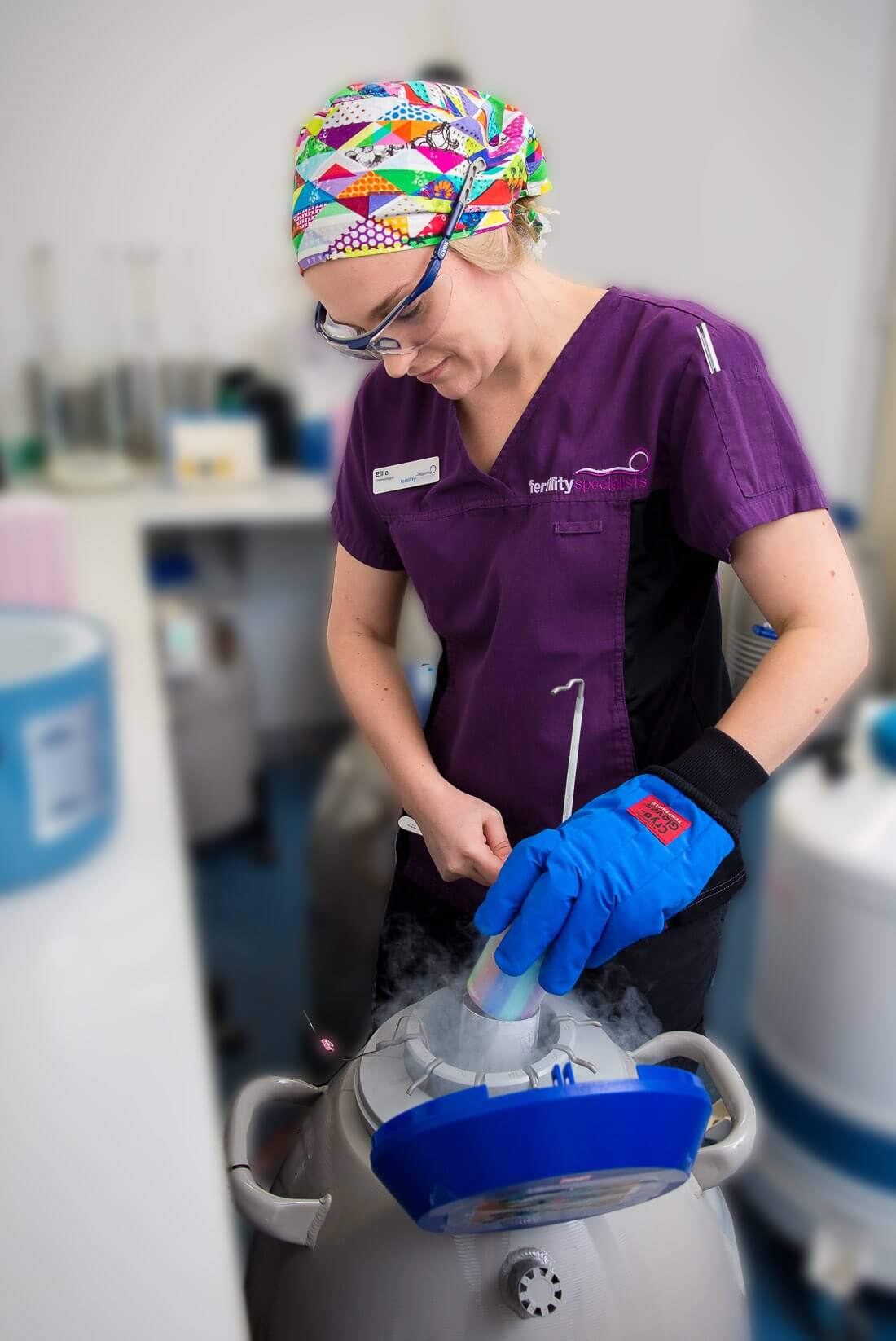Intra cytoplasmic sperm injection (ICSI)
What is ICSI treatment?
Intracytoplasmic injection or ICSI, involves the injection of a single sperm into a mature egg.
In traditional IVF, 1 egg and up to 100,000 sperm are placed in a petri dish. Fertilisation is achieved by natural processes involving changes to both sperm and egg.
Who is ICSI for?
ICSI is primarily used for couples where the chances of fertilisation with IVF are low due to poor quality sperm. It is also used for testicular sperm, poor quality sperm post freezing, or reduced or failed fertilisation in a previous IVF cycle.
"ICSI is a great option if the sperm has reduced motility or if the man has a low sperm count. We prepare the semen sample and choose a healthy looking sperm for injection. This process increases the likelihood of fertilisation being achieved."
IVF vs ICSI
How is ICSI done?
Ovarian stimulation
The woman takes hormones to stimulate the follicles within the ovaries. Her cycle is tracked with ultrasound scans and blood tests.
Egg collection
We collect eggs from the ovarian follicles.ICSI
A sperm is selected and drawn into a very fine glass pipette. It is then injected into each individual egg.Embryo development
Over the next few days, the embryos develop through to the blastocyst stage.Transfer
We transfer one embryo into the uterus.
Freezing
When we have multiple blastocyst stage embryos, we freeze the remaining embryos for future use. This is also called cryopreservation.
Key points
The male has reduced sperm count or if he cannot ejaculate
After a vasectomy
The sperm has reduced motility
What are the risks with ICSI?
The rate of birth defects does not seem to differ between ICSI and IVF treatments. As with any type or ART treatment, this procedure may increase your risk of a multiple pregnancy.
To learn more about intracytoplasmic sperm injection, consult our specialised clinic.
Useful links
Male infertility
Embryo transfer
What is an embryo transfer and what is the difference between fresh and frozen transfer?
IVF
When it's difficult to fall pregnant, our Perth fertility specialists may be able to help. If you have been trying to fall pregnant for a long time without success, IVF might be the answer for you.
















